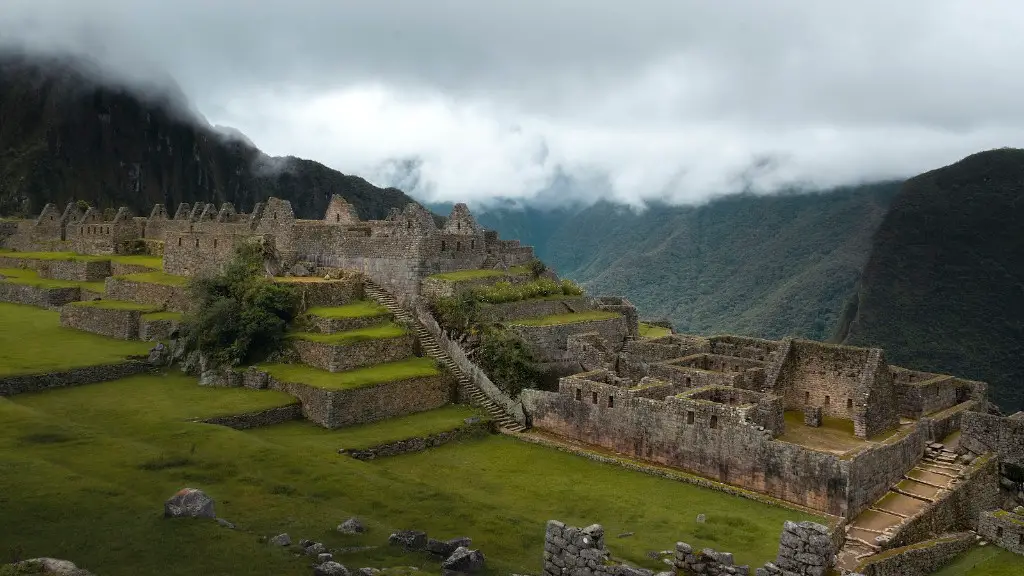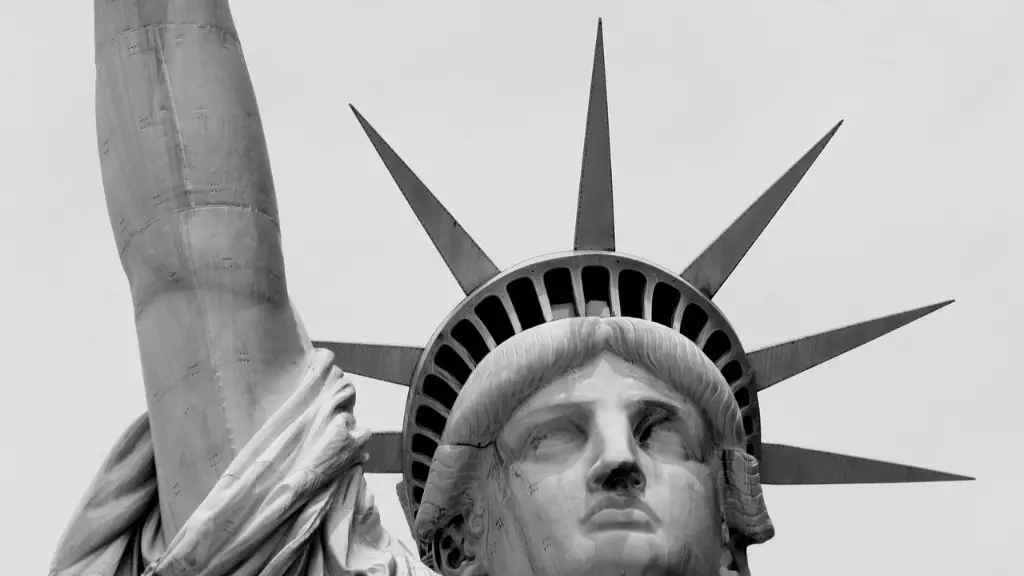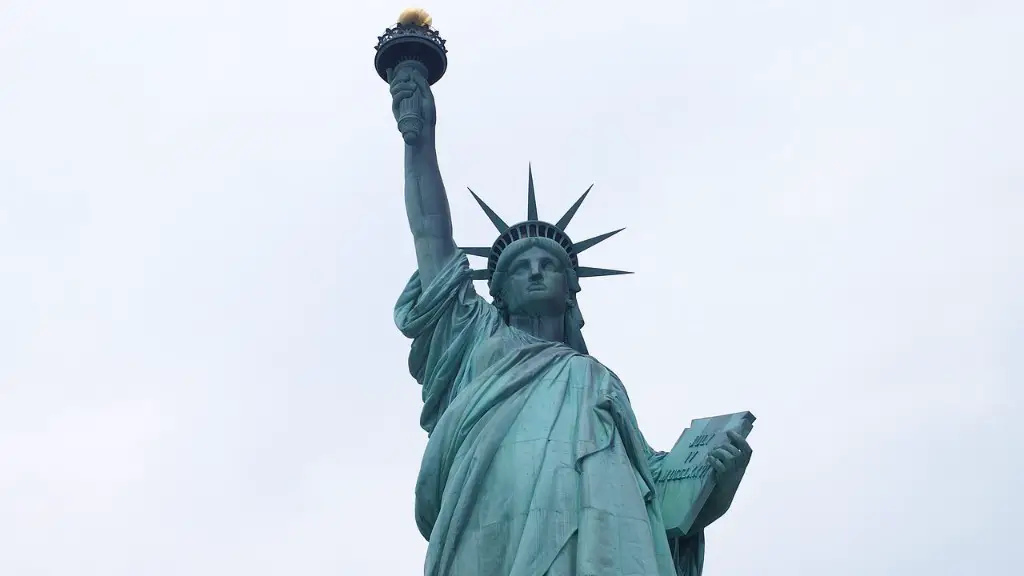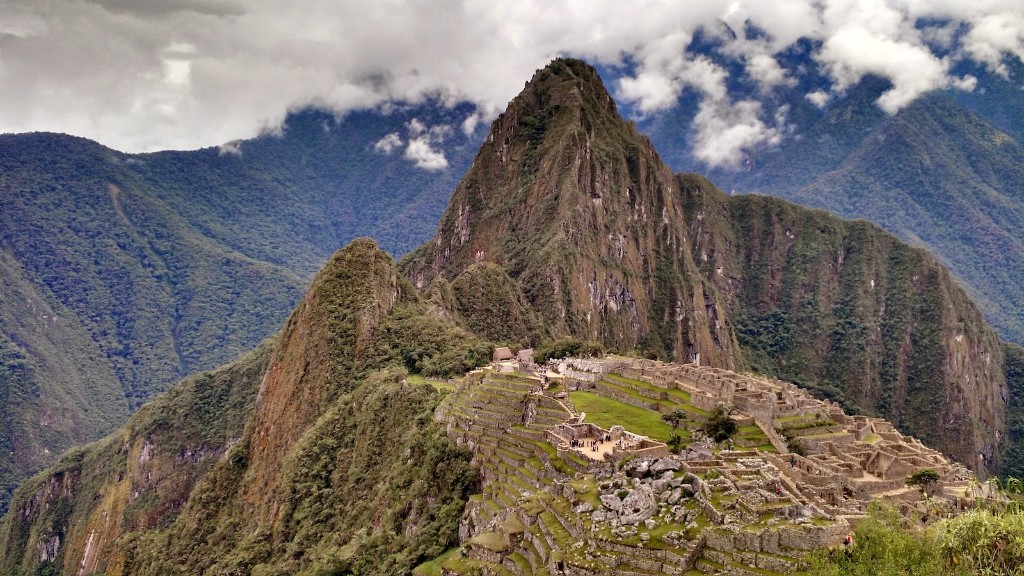What happened to the Pompeii bodies?
The 79 AD eruption of Mt. Vesuvius was one of the deadliest volcanic eruptions in recorded history. It’s destruction was so great, that it virtually annihilated the town of Pompeii. What happened to the bodies of the townsfolk, however, is somewhat of a mystery.
The city of Pompeii was initially swallowed and hidden by a thick layer of volcanic debris. This created a tremendously difficult archaeological excavation undertaking. Due to the complexity of this task, the body casts were not initially removed by the official archaeological team. Because of this, three-dimensional forms of the victims were preserved in the ash. In order to retrieve the life-like body casts, 25 to 30 cm at a time, workers had to delicately chip away at the hardened ash of each victim.
It took them several weeks before uncovering the body casts and another two to three years before the stable average temperature of the excavations could be maintained to complete any further excavation work. This is why it took around 100 years until all the bodies were recovered.
The bodies were eventually moved to the small museum in Pompeii, where they have been since the 19th century. They are held in large bases filled with plaster, which has been in great condition for so many years. Of course, vandalism and instability, such as humidity and the temperature, are still factors that the structure needs to protect against.
After the discovery of the pompeii bodies, health experts began examining and analyzing the remains. It was determined that the victims suffered from both physical and mental suffering as a result of their experience. Scholars found evidence of bronchial inflammation, pulmonary edema, and post mortem damage. They also believe that the victims experienced extreme fear and confusion as they were devoured by Mt. Vesuvius’ lava.
To this day, the remains of the victims of Pompeii can still be seen in the Pompeii museum. Despite the passing of almost 2000 years, the trauma of their experience can still be felt. This because many of the remains are still in the same postures they were in as they succumbed to the heat and ash of the ultimate destructive force.
Uncovering the Victims
Once the the eruption was over and it was determined that the city of Pompeii was no more, the remaining people needed to be exhumed from the mountain of ash that had engulfed the town. As briefly mentioned, the process of uncovering the victims was a laborious affair and it is estimated that it took around 100 years before all the bodies were recovered.
In the late 19th century, once the work had been completed, these casts were removed from the site and kept in the small museum in Pompeii. The museum is home to several of these remains, many of which are visible to the public.
The archaeology team that conducted the dig, uncovered a large number of the victims in several different postures. Many of the poses suggest that they were trying to escape the eruption, or were caught in the fatal midst of it. The bodies are not just mute reminders of a terrible tragedy that befell the city. They stand as testimony to how terrible and unpredictable nature can be.
The team that conducted the excavation also used the body casts to help them understand the layout of the city. Some of the victims were found in century-long known house or shop spaces, which allowed archaeologists to easily piece together the structure of the city. Of the thousands of body casts that have been discovered, some of them are still stored in the Pompeii museum and new discoveries are sometimes still made at the Pompeii site.
Creating 3D Impressions
To commemorate the hundreds of victims that died that fateful day, a life-like 3D medium was used to capture the exact features of the formations of the casts. Technicians at the site used a combination of CT scans, plaster, and foam casts to create exact representations of the victims of the eruption.
These figures were then used to fully understand what the victims went through and how their bodies reacted to the extreme forces that came with the eruption. From hair to skin, technicians were able to craft the figures while using real materials, such as wax and clay, to fully replicate clothing and other features.
The 3D models were also used to help teach us about the human body in a crisis, as well as how it reacted to heat and asphyxiation. Applications of this technology can be found outside of archaeology, as they also help medical professionals understand how to prevent suffocation and burns in their patients.
The Cost of Excavation
Unfortunately, the cost for the recovery of the Pompeii bodies was quite high. Since the body casts were not initially removed by the official archaeological team, the excavation process required a significant amount of funds, resources and labour.
When excavations are being done, governments are also responsible for providing coverage and financial support. This support often takes the form of subsidies and grants to help cover the cost of labour and resources. While this financial coverage is essential, it often fails to cover the full cost of retrieval.
For this reason, it is not uncommon to see private individuals or organizations helping with the excavations and supplying financial and material support. This is especially common with archaeological digs that occur in remote areas, where limited access can make the costs of excavation prohibitively expensive.
In the case of the body casts of Pompeii, the cost was high and it took more than a century to uncover all of them. This shows us how great the cost of archeological expeditions can be, both in terms of money, but also in terms of time.
Respecting the Memories
Each of the Pompeii bodies carries a unique and tragic story. They are a powerful reminder of what can happen when nature is unleashed. Unfortunately, this means that some of the casts, because of their importance, are susceptible to vandalism or careless mishandling.
The importance of respecting these victims and their memories is essential, especially when they are moved to new locations. It is important to be aware of the history of the casts and to protect the victims from any further damage. It is also important to ensure that their display is both respectful and informative, so that future generations will be able to learn from this devastating event.
In conclusion, the remains of Pompeii provide a clear picture of the devastation and suffering of one of the worst natural disasters of recorded history. They are a testament to the power of nature and a reminder of what can happen when nature is unleashed. It is important to remember the victims of Pompeii and to respect the memories of those who perished in the eruption.
Modern Digital Re-imaginings
Advancements in technology are also allowing us to reimagine the processes that happened in Pompeii in a more modern way. For example, technological efforts have been made to help revive the city of Pompeii to its former glory. Thanks to these efforts, students and researchers alike can access a modernized version of the the city’s squares, streets and monuments.
Other scientists and engineers are using groundbreaking technology to create virtual recreations of the eruption and its effects. Virtual reality tours, complemented by 3D body casts, allow us to virtually experience the moment of the victims as the volcano put an end to their lives.
These digital recreations are bringing the city back to life, but they are also helping to recreate the experience of the Pompeii victims. By doing so, these recitals are adding another layer of understanding to the tragedy and are helping to increase the awareness of this event and its consequences.
Media Representations
Film-makers have also used the setting of the eruption to create memorable stories. Most notably, in the film “Pompeii”, we view a fictionalized version of the tragedy, while taking a tour of the city and witnessing how the victims experienced the eruption.
In this particular film, we get to see this famous event unravel with all its intensity and terror, knowing that we are looking back at a real event that occurred centuries ago. By putting us in the shoes of the victims, the film succeeds in bringing the ancient city back to life and reminding us of the fateful day when it became lost in the lava.
Film-makers and playwrights have also tried to capture the tragedy of Pompeii in a more poetic way. In the play “The Last Days of Pompeii”, a more direct portrait of the tragedy is painted. The play follows the town as it falls prey to the natural disaster. Through various characters, the audience glimpses the different reactions of the people as hope slowly vanishes.
Repetitive Artistic Representations
The impact of the eruption has been repeatedly explored in the world of art. Since the beginning of the 20th century, there have been various versions of the scene of the tragedy, in paintings, drawings and sculptures. Artists such as Eugène Delacroix, Arnold Böcklin and Henk Maarten Chin have immortalized the fate of the victims and the ruin of the city.
In recent years, the ongoing fascination with Pompeii has culminated with the spectacular film by Paul W.S. Anderson. With the help of special effects and historical accuracy, Anderson paints a vivid and compelling picture of the horror of the 79AD eruption.
By allowing us to see the incident unfold, the film highlights the consequences of such events, as well as the relentless power of nature. Not only does it bring the tragedy back to life but also provides us with interesting insight into the popular imagination of Pompeii.



